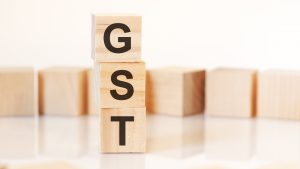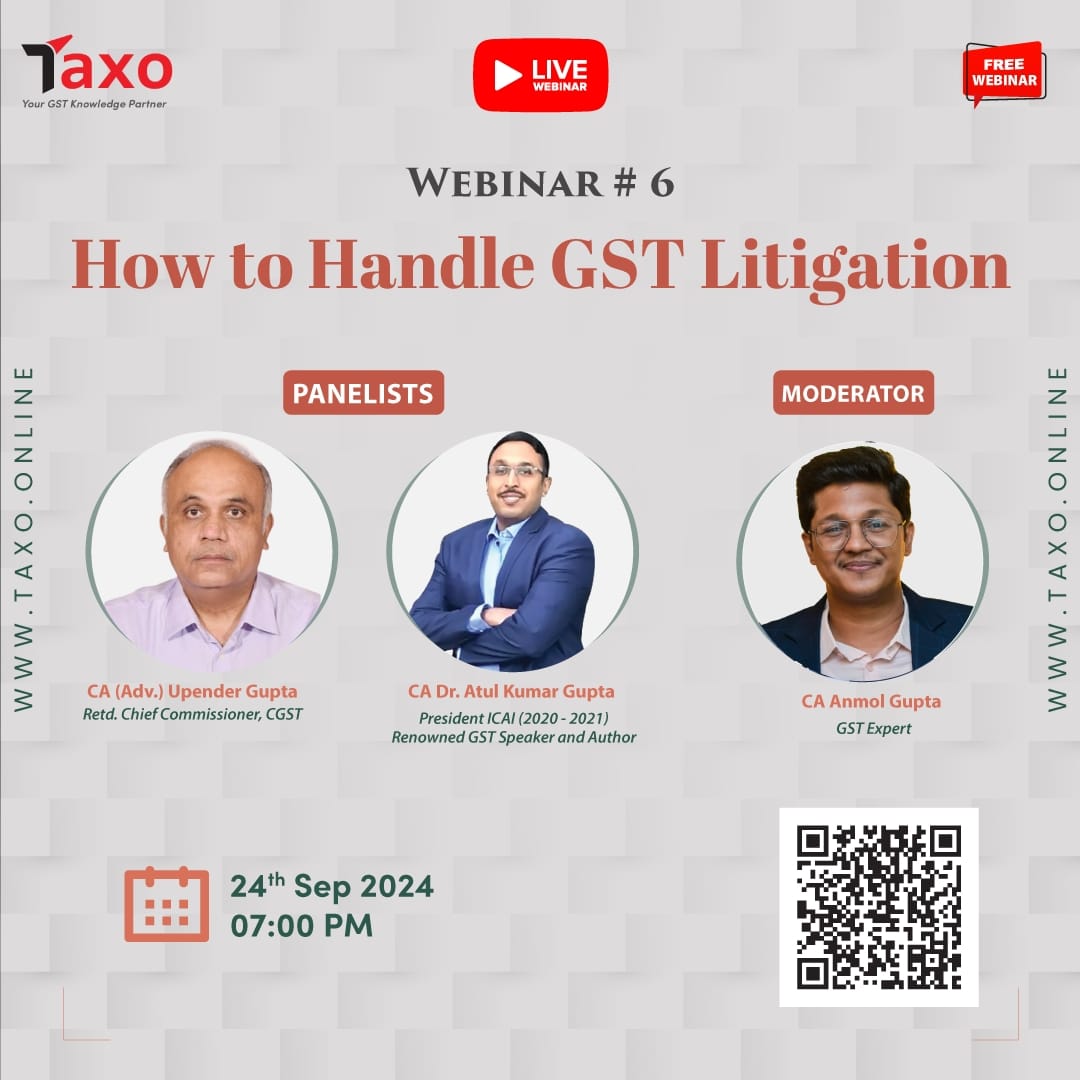 Five years after the goods and services tax (GST) regime was introduced, the country will have a appellate body to resolve disputes relating to the key indirect tax. A group of ministers (GoM), headed by Haryana deputy chief minister Dushyant Chautala, has proposed that the GST Appellate Tribunal (GSTAT) be set up with a principal Bench in New Delhi and similar Benches at various other locations.
Five years after the goods and services tax (GST) regime was introduced, the country will have a appellate body to resolve disputes relating to the key indirect tax. A group of ministers (GoM), headed by Haryana deputy chief minister Dushyant Chautala, has proposed that the GST Appellate Tribunal (GSTAT) be set up with a principal Bench in New Delhi and similar Benches at various other locations.
Each of these regional Benches will consist of a judicial officer equivalent of a High Court judge and a senior tax officer from either the Centre or the state as a technical member. The apellate body will be headed by a judge from the Supreme Court or the chief justice of a High Court. In case there is only one or an odd number of Benches in a state, the technical member/members from the Centre and the state concerned will be on a rotational basis to achieve equity.
These are part of the contours of the proposed Goods and Services Tax Appellate Tribunal (GSTAT) finalized by a group of ministers (GoM) convened by Haryana deputy chief minister Dushyant Chautala on Wednesday. The GoM report will be placed before the GST Council next month for consideration.
A four-member search and selection committee (ScSC), headed by either the chief justice of the Supreme Court (SC) or his representative judge from the SC, will be tasked with the appointment of members to the Benches. It will also consist of the president of the GSTAT, a union government secretary and a state chief secretary. The chairperson will have a casting vote.
Since the appointment has to be done on the recommendations of the search and selection committee, the structure of having national, regional, state and area benches, as proposed in the extant Central GST Act, are no longer required.
The CGST Act will be modified to provide for all Benches of the same kind with a Principal Bench in New Delhi where the tribunal’s president will sit. The president will distribute the business or transfer cases among Benches. According to the eligibility criteria, the technical member from the Centre will be an Indian Revenue Service officer with 25 years of experience while the officer from the state is also required to have 25 years of experience, which can be reduced if no suitable person is found.
These are part of the contours of the proposed GSTAT finalized by the GoM on Wednesday. The report of the GoM, which was set up to recommend the required changes to the extant law for setting up the GSTAT, will be placed before the GST Council next month for consideration, a member of the GoM told Financial Express.
The amendments to the Act were necessary due to litigations leading to judgments from the Supreme Court and High Courts on the processes and structure of the GSTAT under the current law.
As per the provisions of CGST Act, 2017, each bench of the Tribunal is composed of one judicial member, one technical member (Centre) and one technical member (State). However, Madras High Court in September 2019 held that the number of expert members cannot exceed the number of judicial members on the bench and struck down the relevant provisions of the law.
The process of the first appeal under the GST regime happens through individual officers but the second appeal against the orders of the first appellate authorities under Central as well as State tax administration lies with the GSTAT. Therefore, this is the first forum at which the adjudication process converges under all GST laws and all tax administrations.
Source: Financial Express
https://www.financialexpress.com/economy/contours-of-gst-tribunal-finalised-to-help-resolve-disputes/2635632/
For more News like this, Subscribe TAXO today


